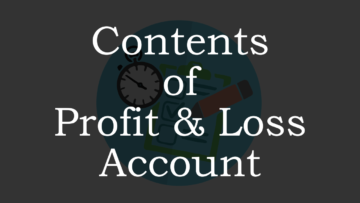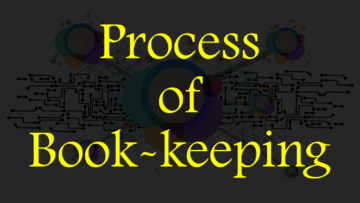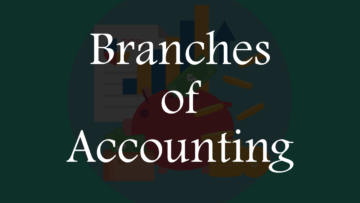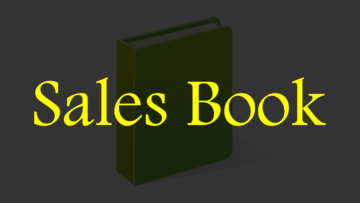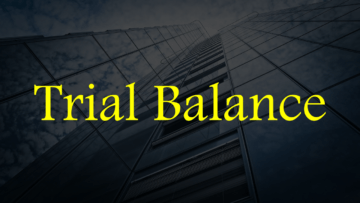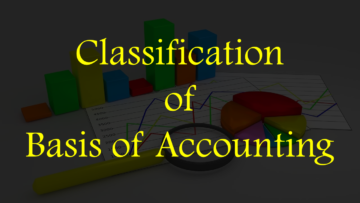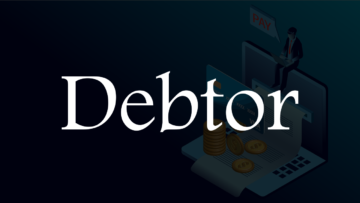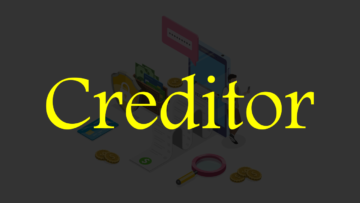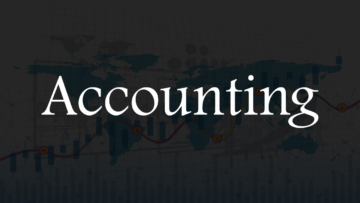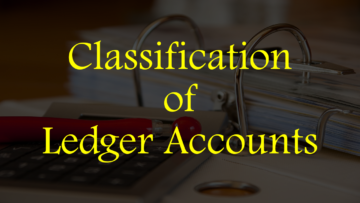Sometime or the other we might have bought something or borrowed money from someone or we might have heard that someone has taken a loan from the bank, etc. In all these situations whoever received the product (good, service, etc.) becomes responsible for giving something in return, this responsibility is called a liability in accounting. When a person fulfills his responsibility, he is freed from liability. The liability continues throughout the life of the person but how long it lasts depends on the nature of the transaction, the person, the situation, etc.
Liability plays a very important role in business because without liability business cannot start. In a business, first, the liability is created and then the asset is created because the first asset that comes in the business is the liability of the business. Without liability, there is no asset in business, and without asset, a business cannot run, that is why both liability and asset are important parts of business.

Table of Contents
What is Liability?
Liability means financial responsibility and it is the financial responsibility of the person who is responsible to give something in return. It includes capital, creditors, loans, outstanding expenses, debentures, etc. For better understanding, it is divided into two parts one is short-term liability which is also known as current liability and the other is long-term liability which is also known as non-current liability.
In accounting, the liability is shown on the liabilities side of the balance sheet. The balance sheet only shows liabilities that the business has not yet paid or that are still a responsibility of the business. In any business, liabilities are equal to assets because some come and some go.
| Liabilities (Including Owner’s Share) = Assets |
Liability plays a very important role in knowing the financial position of any business because liability shows how many financial responsibilities the business has but asset data is also required. Balance sheet and related reports are used to find out the financial position of a business as these reports contain all the relevant information.
Features of Liability
Following are the features of liability:
1. Financial Responsibility:
Liability is a financial responsibility and it does not end until the responsibility ends. This responsibility arises when someone takes a product in exchange for giving something. For example, if a person buys something from the market but pays later, it will become a liability for that person and it will not end until he makes the payment.
2. Short-term and Long-term:
Liabilities are divided into two parts, one is short-term liabilities and the other is long-term liabilities. Short-term liabilities are also called current liabilities and include those liabilities which are payable within one year and long-term liabilities are also called non-current liabilities and include those liabilities which are payable in more than one year.
3. Legal Binding:
It is necessary to pay the liability as it is bound by law. If someone does not pay the liability then legal action can be taken against him. In many situations, non-payment of a liability is a criminal offence. Many laws have been made for the person who does not pay the liability which bound him to pay the liability.
4. Result:
A liability is the result of a transaction because a liability does not arise without a transaction. For example, if a person goes to the market to buy something but does not buy anything then there will be no liability in this situation, but if he buys something in the market then there will be liability in this situation. If he pays at the same time, his liability will be extinguished immediately; If he pays later, his liability will be extinguished later.
5. Equal to Assets:
In business, liability is always equal to the asset because both are related to each other, if an asset increases then liability also increases, similarly, if asset decreases then liability also decreases. For example, if you buy land on loan, the land will become an asset and the loan will become a liability. This will not make any difference if the asset is purchased from the asset.
Read Also:
QNA/FAQ
Q1. What is Liability?
Ans: Liability is a financial responsibility, and it is the financial responsibility of the person who is responsible to give something in return.
Q2. Do liabilities equal assets in a business?
Ans: Yes, liabilities equal assets in a business.
Q3. Write five examples of liabilities.
Ans: Following are five examples of liabilities:
1. Creditors
2. Loan
3. Overdraft
4. Capital
5. Outstanding Expenses
Q4. Are liabilities shown on the balance sheet?
Ans: Yes, liabilities are shown on the balance sheet.
Q5. Is it mandatory to pay liability?
Ans: Yes, it is mandatory to pay the liability, but there may be exceptions.
Q6. Write the features of liability.
Ans: Following are the features of liability:
1. Liability is a financial responsibility.
2. Liability is divided into short-term and long-term.
3. Liability is legally binding.
4. Liability is the result of transactions.
5. Liability is equal to the asset.


